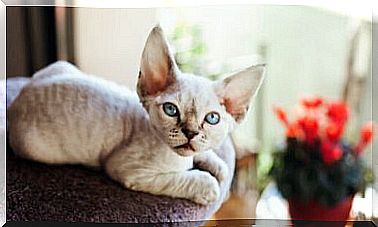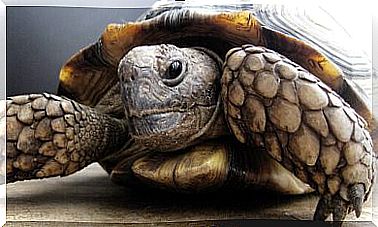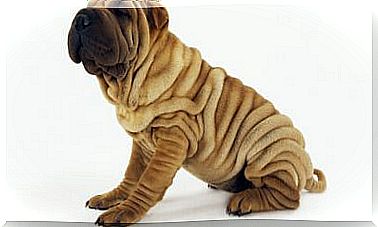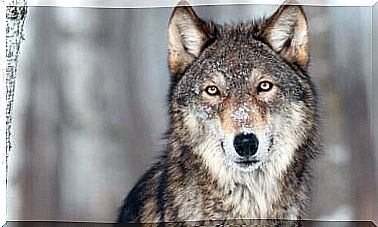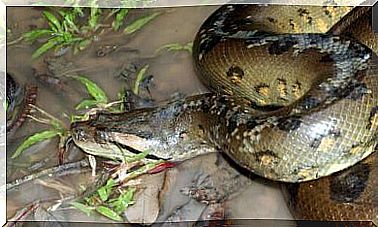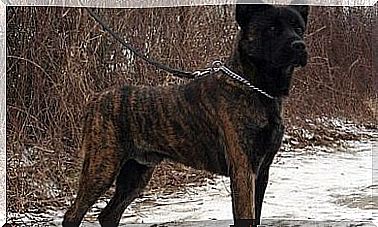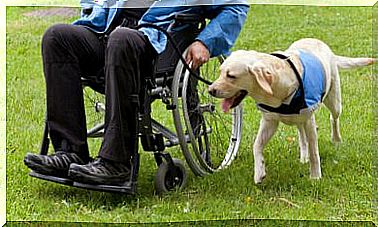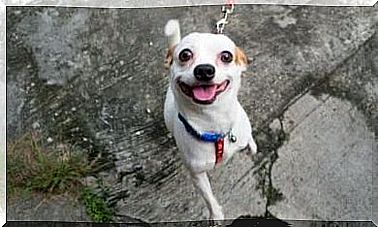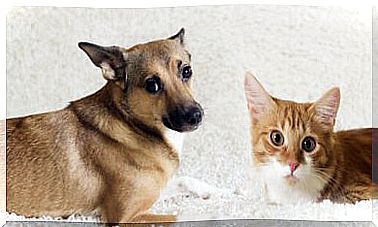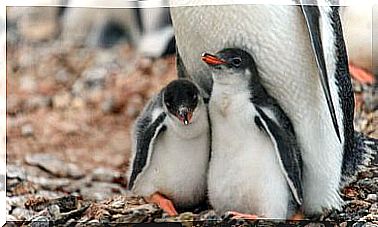Dogs Of Group 5: FCI Classification
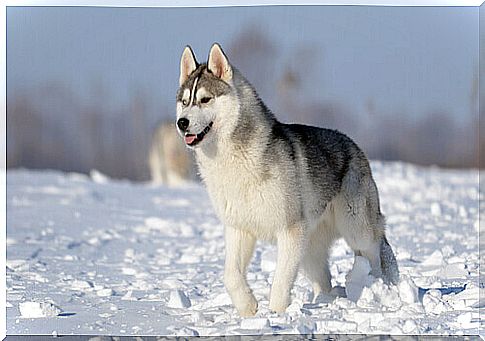
The Fédération Cynologique Internationale is responsible for determining the standards of each dog breed and classifying them according to their characteristics. In our article, therefore, we tell you about the dogs of group 5 which include the Nordic sled, Nordic hunting, Nordic guard and shepherd, European Spitz, Asian Spitz, primitive and primitive hunting type.
Group 5 dogs: Nordic sled dogs
This group consists of 4 breeds, among which the best known are:
1. Siberian Husky
A working breed created in the north of Russia, very similar to the wolf in appearance. Medium in size, it has thick fur to protect itself from the snow and of various colors. It can also be a good pet if trained as a child. Instead of barking, it howls, loves to live in packs (it is not recommended to leave it alone) and can have blue eyes.
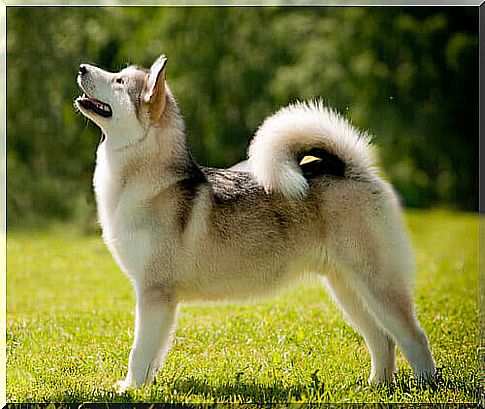
2. Alaskan Malamute
Another dog that looks like wolves. The Alaskan Malamute can carry up to 20 kg for several kilometers without stopping. In addition, he has a thick coat of hair and a muscular body. He always keeps his head up, is affectionate, loyal, selfless and an ideal companion.
Group 5 dogs: Nordic hunting dogs
The 10 breeds that make up this group are not well known outside their home countries (Finland, Norway, Russia and Sweden). They stand out:
1. Finnish Spitz
Created to hunt squirrels and rodents, he gets along very well with children and is the symbolic dog of his country. He is somewhat stubborn, independent, playful, loyal to one person and very curious. The Finnish Spitz, therefore, needs walking and physical activity every day, but also needs to be brushed every week due to its double coat of hair.
2. West Siberian Laika
It is a hunting breed of Russian origin, to be exact from the Ural Mountains area . Laika means “barking dog” in the local language. It is a rather versatile dog that adapts to any climate (although it prefers cold ones due to its thick coat).
Group 5 dogs: Nordic guard and shepherd dogs
This group also consists of little known breeds outside their native countries (Finland, Iceland, Norway and Sweden). They are the following:
-
Lapinkoira
-
Norsk buhund
- Icelandic Shepherd
- Spitz of the Visigoths (Sweden)
-
Swedish Lapphund
Dogs of group 5: European Spitz
There are only two breeds that make up this group:
- German Spitz
- Volpino italiano
Group 5 dogs: Asian Spitz
Of the 11 breeds included in this group, we find several known outside Asia, including:
1. Chow Chow
The lion dog is one of the oldest in the world. It has been used for centuries to defend Buddhist temples in China and one of its main characteristics is the blue language. It is robust, has triangular ears, a black nose and performs a peculiar movement with its hind legs. It makes a great companion animal, loyal to its family and perfect for apartment living.
2. Akita Inu
This Japanese dog was created for hunting, but was also employed by warriors for defense and attack. The Akita Inu derives from the cross between an English Mastiff and a Tosa Inu. It is large in size, has thick hair, small triangular eyes. As for its temperament, it is a very quiet and reserved animal, but also affectionate, protective and loyal.
Dogs of group 5: primitive type
There are 5 breeds that make up this group among which the following stands out:
1. Basenji
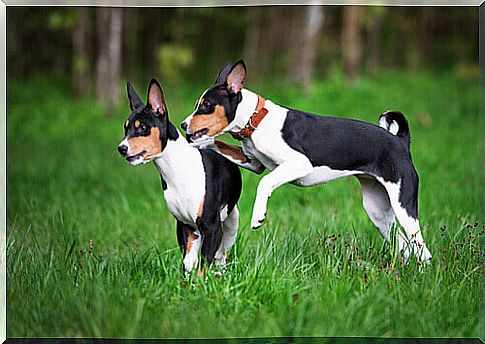
Originally from West Africa, it was used for hunting and research. It does not bark, but emits a sound similar to Tyrolean chant. He is playful, a little restless and needs training from a puppy to prevent him from breaking things around the house. He doesn’t like water, washes like a cat, and doesn’t give off a strong smell like other dogs. It can be black, brindle or brown.
Dogs of group 5: Hunting primitives
This group consists of 6 races. Although they are not very well known, let’s talk about one of these dogs:
1. Podenco canario
Oriundo of the Canaries, this dog is brown (light or dark) and with an elongated body. He usually has little hair and loves to hunt from a young age. When it finds prey, it emits a short, repetitive bark. He is very faithful and noble, active, hardworking, intelligent and sometimes stubborn.
